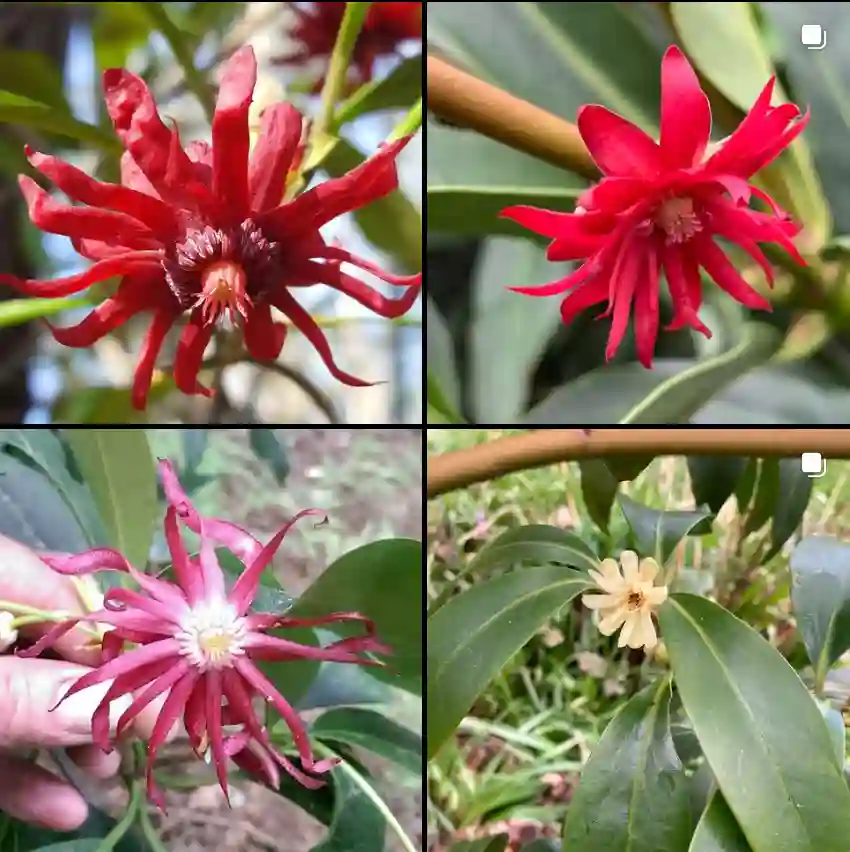My Love Affair with the Barometer Bush: An Exploration of Leucophyllum
I, Ferb Vu, have always been drawn to the subtle beauty of desert plants. Their resilience, their ability to thrive in harsh conditions, and their unexpected bursts of color have always fascinated me. But among the many fascinating plants of the arid southwest, the genus Leucophyllum holds a special place in my heart.
These evergreen shrubs belong to the Scrophulariaceae family, commonly known as barometer bushes, are masters of survival. Their silvery leaves, often fuzzy to the touch, reflect the harsh sunlight, helping them conserve water. And when the humidity rises, signaling the coming of rain, they erupt in a profusion of vibrant blooms, typically shades of purple or pink. This uncanny ability to “predict” rain has earned them their common name.
A Diverse Genus
The genus Leucophyllum is surprisingly diverse, with around 17 recognized species. Each has its own unique characteristics, offering a range of sizes, shapes, and flower colors. Here are:
- Leucophyllum frutescens: This is perhaps the most well-known species, often referred to as Texas sage or Texas ranger. It’s a medium-sized shrub with silvery-gray leaves and purple flowers. Plant FAQs: Texas Sage – Leucophyllum Frutescens
- Leucophyllum laevigatum: Known for its smooth, green leaves and lavender-pink flowers, this species offers a different look compared to the typical silvery foliage. Plant FAQs: Leucophyllum Laevigatum
- Leucophyllum langmaniae: This compact shrub boasts dense, silvery foliage and deep purple flowers. It’s a popular choice for landscaping due to its manageable size and vibrant blooms. Plant FAQs: Leucophyllum Langmaniae
- Leucophyllum minus: As its name suggests, this is a smaller species, perfect for rock gardens or container planting. It features small, gray-green leaves and light purple flowers.
- Leucophyllum zygophyllum: This unique species stands out with its long, narrow leaves, giving it a willow-like appearance. It produces pale pink to lavender flowers. Plant FAQs: Leucophyllum Zygophyllum
- Leucophyllum alejandrae G.L.Nesom
- Leucophyllum ambiguum Bonpl.
- Leucophyllum candidum I.M.Johnst.
- Leucophyllum coahuilense Henrard
- Leucophyllum flyrii B.L.Turner
- Leucophyllum hintoniorum G.L.Nesom
- Leucophyllum mojinense Henrickson & T.Van Devender
- Leucophyllum pringlei (Greenm.) Standl.
- Leucophyllum pruinosum I.M.Johnst.
- Leucophyllum revolutum Rzed.
- Leucophyllum ultramonticola Flyr
- Leucophyllum virescens I.M.Johnst.
More Than Just a Pretty Face
Beyond their ornamental value, Leucophyllum species play a vital role in their ecosystems. Their flowers provide nectar for pollinators like bees and butterflies, while their dense foliage offers shelter for small animals. Some species, like Leucophyllum frutescens, have even been used in traditional medicine to treat various ailments.
Cultivating the Barometer Bush
One of the things I admire most about Leucophyllum is its resilience and low-maintenance nature. These plants thrive in full sun and well-drained soil. Once established, they require minimal watering and are relatively pest-free. They can be propagated through cuttings or seeds, making them easy to share with fellow plant enthusiasts.
A Symbol of the Desert
For me, Leucophyllum represents the enduring spirit of the desert. It’s a reminder that beauty can be found even in the harshest environments, and that life finds a way to flourish even in the face of adversity. As I continue to explore the world of plants, I know that my fascination with the barometer bush will only deepen.
If i die, water my plants!



